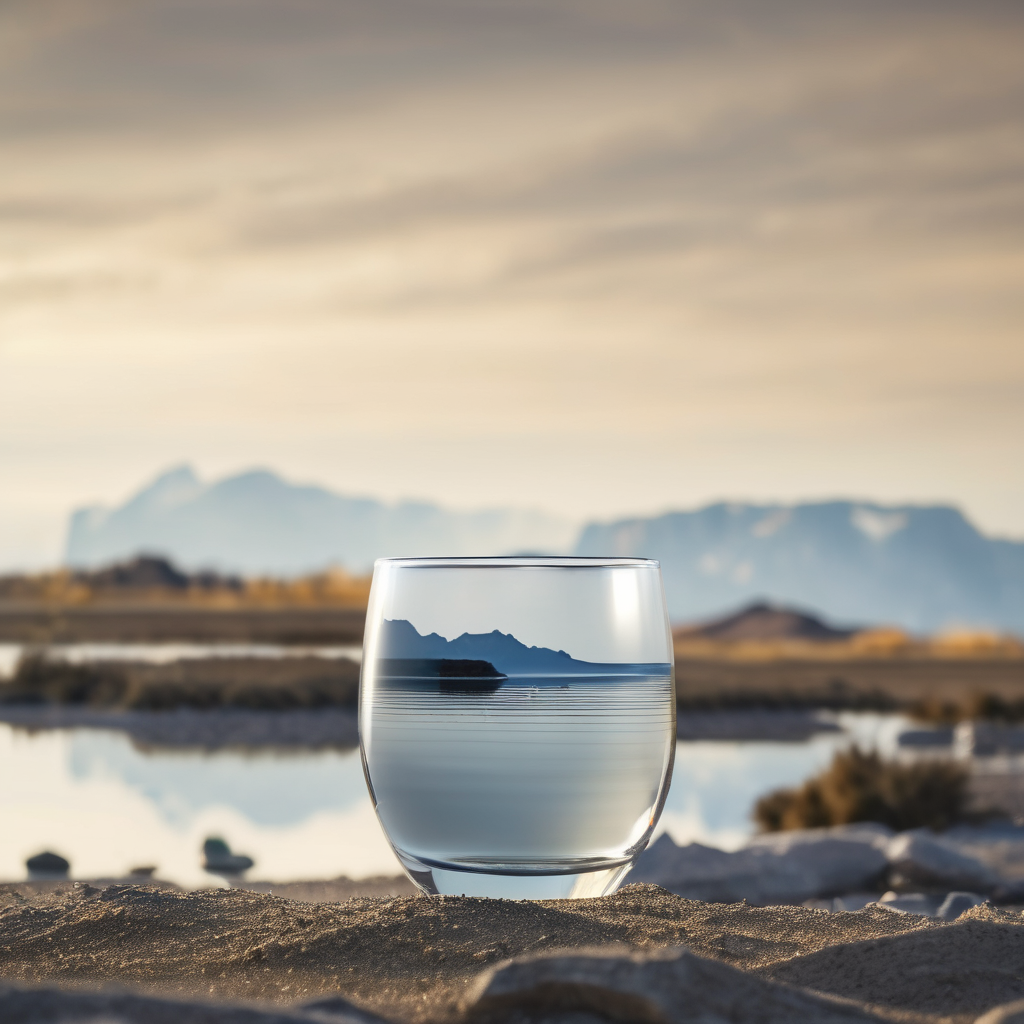Los Angeles city leaders have unveiled a significant plan to nearly double the amount of wastewater transformed into drinking water at the Donald C. Tillman Water Reclamation Plant in Van Nuys. The L.A. Board of Water and Power Commissioners voted to enhance the facility’s capacity from treating 25 million gallons per day to 45 million gallons. This increase will provide enough water for approximately 500,000 residents and marks a substantial step towards sustainability.
Board President Richard Katz emphasized that the new plan will allow Los Angeles to discontinue drawing water from the Sierra streams that feed Mono Lake, an environmental move long sought by conservationists. This change aims to address concerns regarding the health of Mono Lake, which has been affected by the city’s water diversion practices over many years.
“This is a solution with lots of winners,” Katz stated, underscoring that the project will furnish L.A. with an additional water supply, reducing reliance on distant water sources. The initiative is especially noteworthy as it aligns with historical environmental commitments to restore Mono Lake, which has struggled to reach a healthy water level.
The $930 million project is expected to be completed by the end of 2027. At the recent board meeting where the proposal was approved, advocates expressed their enthusiasm, celebrating it as a much-needed advancement that promises reliable and economical water for Angelenos while enabling fulfillment of environmental obligations.
According to Bruce Reznik, executive director of Los Angeles Waterkeeper, this project symbolizes a “massive achievement” that would enhance water security and resilience against future droughts.
Construction, which began around 10 months ago, revealed opportunities to expand the plant’s capabilities by adding an extra basement level. The treated drinking water will be delivered via a 10-mile pipeline to a series of basins beside the Hansen Dam Golf Course for natural groundwater replenishment.
While Los Angeles has recycled wastewater for outdoor uses, the new project marks the first time the city will supply it as drinking water starting in 2028. This initiative aligns with years of advocacy for sustainable water practices, especially following the lengthy debates surrounding water rights and environmental impacts on Mono Lake, a critical habitat for migratory birds.
Former California Air Resources Board chair Mary Nichols highlighted the significance of this development as an “act of karma,” noting the historical context of Los Angeles’ water consumption practices. The city has been under pressure since a landmark 1994 decision required action to help Mono Lake recover, yet it still remains significantly below the target levels.
Environmentalists have persistently urged the city to minimize water extraction from local creeks that support Mono Lake. The new plan is expected to address this concern, restoring an estimated 2% of L.A.’s water drawn from the creeks.
The board members collectively recognized the necessity of reducing the city’s long-standing dependency on imported water. George McGraw, the board’s vice president, articulated the hope that this project would serve as a foundation for future endeavors prioritizing local water security and ecological healing.
While plans for ongoing water rights around Mono Lake remain, Katz expressed a commitment to prioritizing restoration efforts, stating that the city should aim to leave as much water in the lake as possible, barring emergencies.
This progressive move highlights Los Angeles’ evolving approach to water sustainability, which not only seeks to meet the needs of its residents but also responds to environmental pressures in a way that promotes a healthier ecosystem for future generations.
